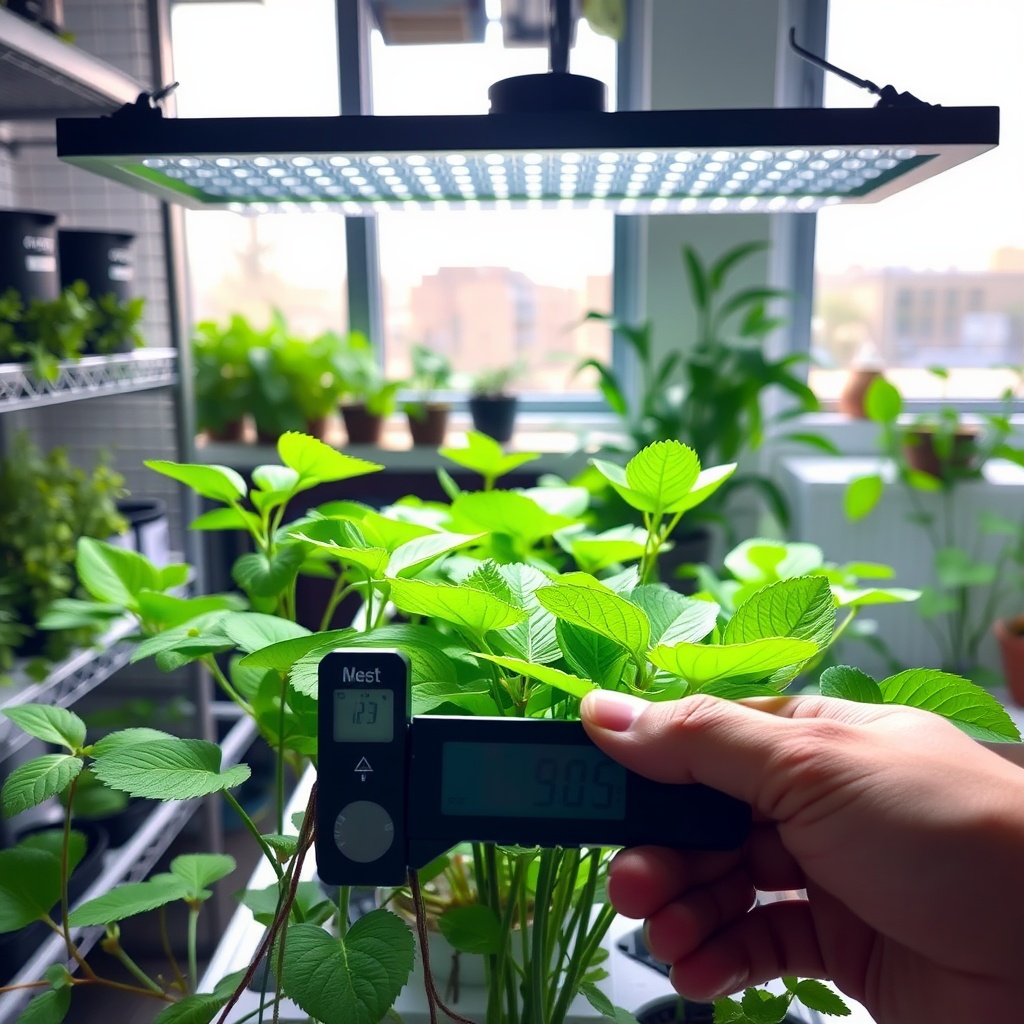In hydroponics, lighting is one of the most critical factors influencing plant growth and productivity. Unlike traditional gardening, where plants benefit from natural sunlight, hydroponic systems rely entirely on artificial lighting. Therefore, optimizing this lighting setup is essential for maximizing yield and ensuring healthy plant growth. Light meters are invaluable tools that help growers measure the intensity and quality of light their plants receive, allowing for precise adjustments that can lead to significant improvements.

Light meters measure the amount of light (or photosynthetically active radiation, PAR) that reaches your plants. They provide crucial data that can inform your decisions regarding the type, placement, and duration of your lighting setup. By using a light meter, you can avoid common pitfalls such as inadequate light exposure or excessive light stress, both of which can hinder plant development. Understanding how to properly use a light meter can be the difference between a thriving hydroponic garden and a struggling one.

To achieve the best results in your hydroponic lighting setup, follow these steps utilizing light meters:
- Choose the Right Light Meter: Select a meter that can accurately measure PAR and is suitable for indoor gardening.
- Measure Light Levels: Take readings at different times of the day and from various angles to understand light distribution.
- Adjust Lighting Accordingly: Use the data collected to adjust the height and intensity of your lights to ensure even coverage.
- Monitor and Reassess: Regularly check light levels and make adjustments as plants grow or as seasons change.
By systematically measuring and adjusting your lighting setup, you can create an optimal environment for your plants, leading to enhanced growth rates and overall health.




